There was also the 1990 theft of 13 artworks from the Isabella Stewart Gardner Museum in Boston. Two men dressed as police officers overpowered a pair of night guards before lifting $500 million worth of paintings, including the only known seascape by Rembrandt van Rijn. None of these pieces have been recovered despite the museum’s still-active $10 million reward for their safe return.
Such a hefty reward is rare for looted museums, and some even refuse to negotiate if thieves attempt to sell the pieces back into a collection. In the event that an artwork is insured, as was not the case with the Louvre gems, thieves may go directly to the insurance company, after losses have been paid out, to ransom them directly. The black market is another offloading option, but one that requires selling for a fraction of the piece’s original value. Artworks are also occasionally traded for weapons or used to negotiate shorter prison sentences for known criminals. Few and far between are those who steal for the purposes of expanding their own collection.
Databases of stolen art compiled by the FBI, Interpol, and others give dealers, museums, and auction houses an easy way to cross-reference potential acquisitions. The FBI Art Crime Team has been able to recover more than $1 billion worth of items since it was created in 2004. Increased digitization of museum files and the widespread use of photography to document cultural property has made it easier than ever for officials, or wary buyers, to identify illegally acquired art.




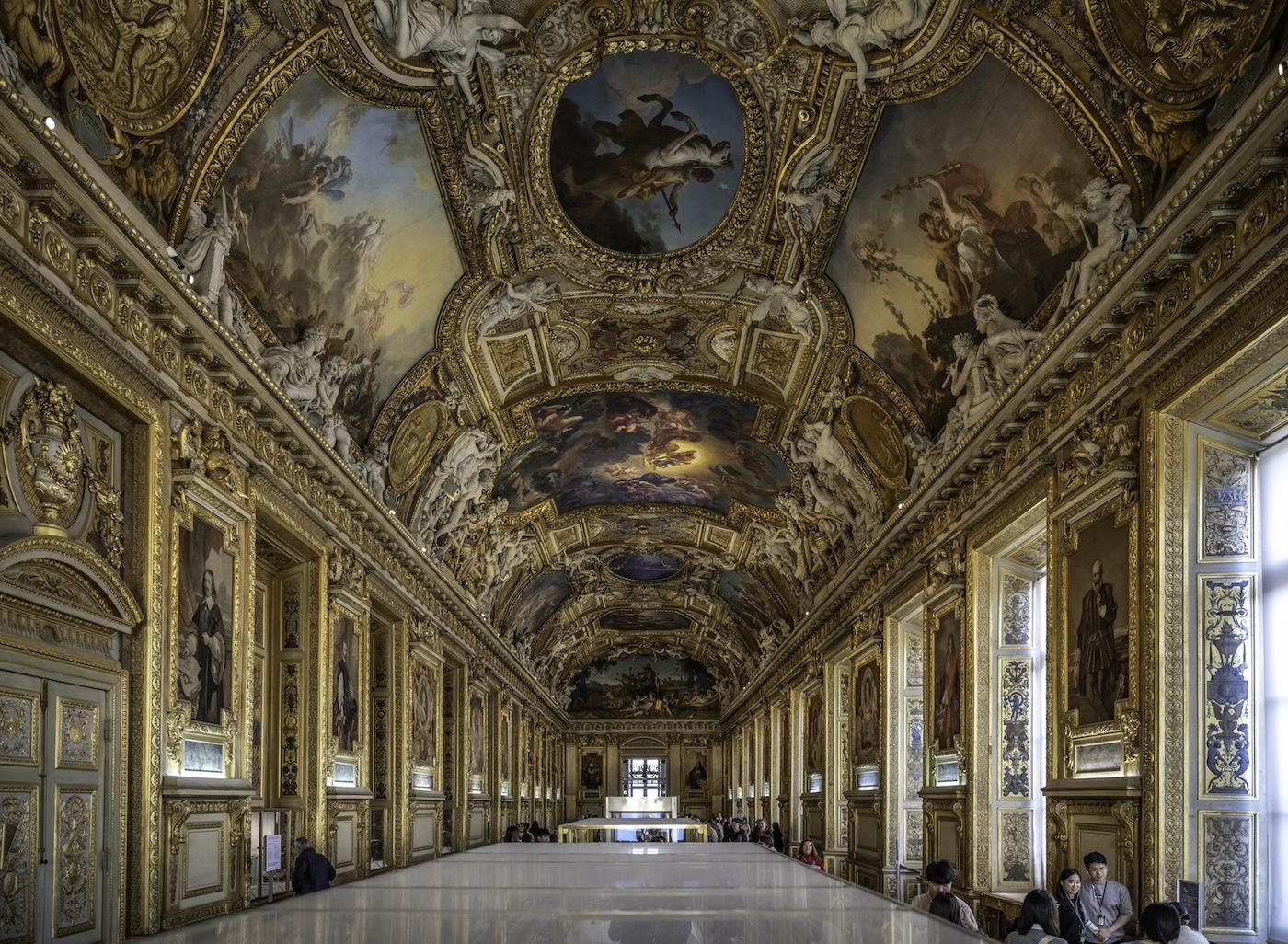

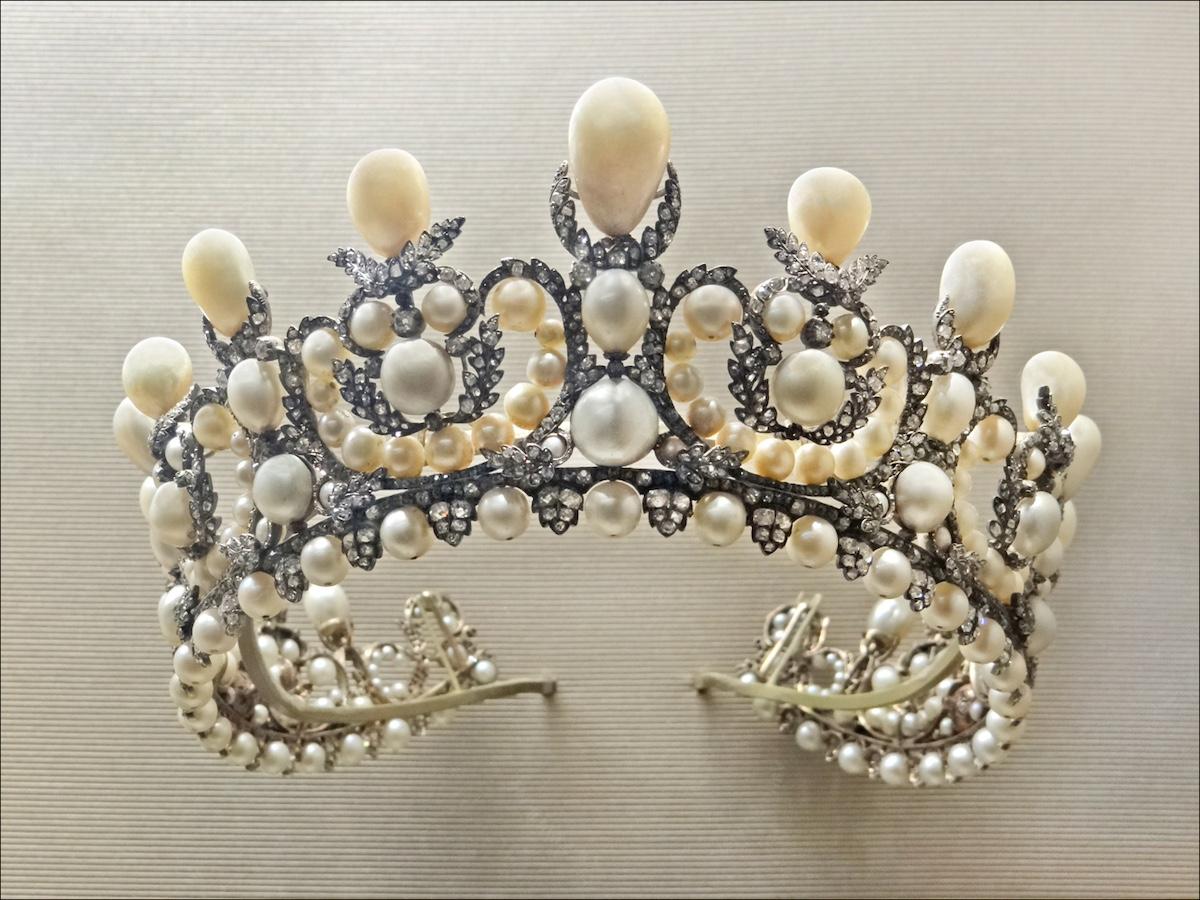


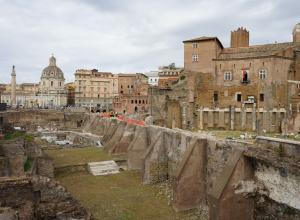




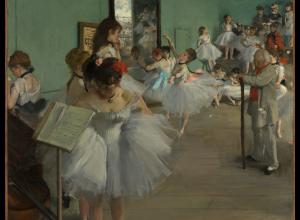
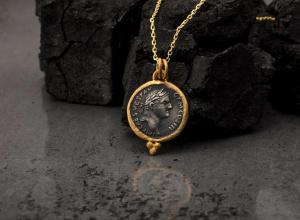
![DEl Kathryn Barton [Australian b. 1972] the more than human love , 2025 Acrylic on French linen 78 3/4 x 137 3/4 inches 200 x 350 cm Framed dimensions: 79 7/8 x 139 inches 203 x 353 cm](/sites/default/files/styles/image_5_column/public/ab15211bartonthe-more-human-lovelg.jpg?itok=wW_Qrve3)




![Ginevra de’ Benci [obverse]. 1474/1478. Leonardo da Vinci. Oil on Panel. Ailsa Mellon Brue Fund, National Gallery of Art.](/sites/default/files/styles/image_5_column/public/ginevradebenciobverse196761a.jpg?itok=hIzdUTaK)








